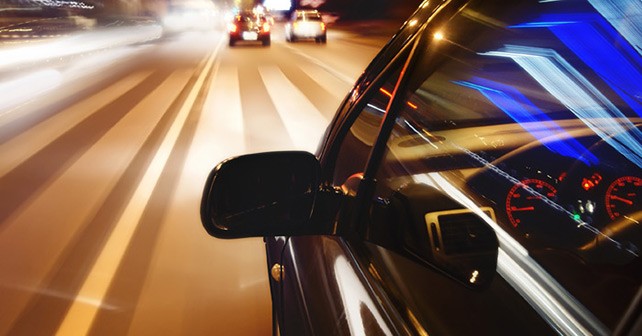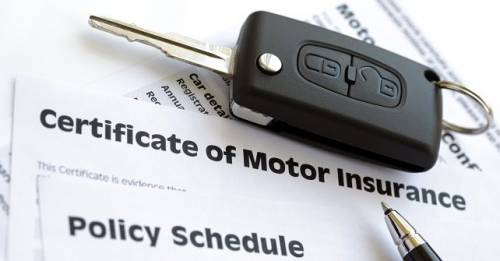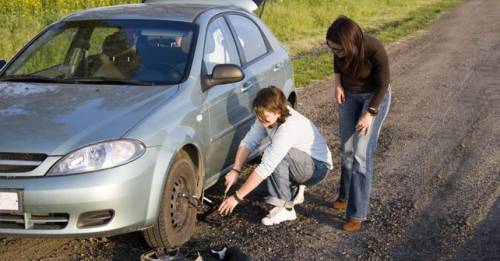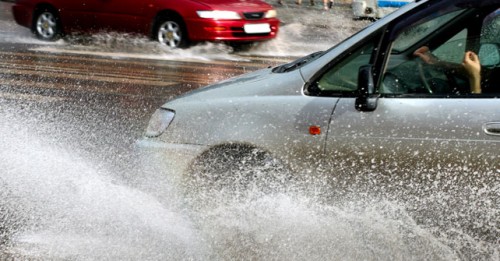
Driving in the dark of night can be quite a challenging experience for the best of us. So, to ease the process, and to make driving in the nighttime safer, here are a few basic tips to follow.
The dark conditions of night-time can create an inconvenient environment to perform ordinary tasks – things become harder to see, and ordinary tasks become much more complicated to execute. However, as far as driving is concerned, there isn’t much we can do to avoid driving at night. So, here are a few basic tips to make nighttime driving easier and safer:
Check your Lights: Perhaps the most important aspect of making night-time driving easier is to make sure that all the lights of your vehicle – headlights, taillights and interior bulbs – are in perfect working order. The headlights should have both bulbs working correctly, in both high and low beam, along with the taillights, which warn other vehicles of your vehicle’s presence and also inform the driver behind when you use the brakes. Similarly, interior lights are important when you need to find something inside the car. It is also a good idea to carry a small flashlight in the car, in case there is an emergency and any illumination is required
Avoid Using High Beam: It is vital that, unless necessary (for instance, when you’re driving on a dark highway), you keep the use of the high beam function of headlights at an absolute minimum. On high beam, the headlights virtually blind the drivers of oncoming vehicles, and, at times, can even result in mishaps happening due to the driver’s vision getting impaired. Similarly, it is important to periodically get the alignment of the headlights checked to make sure they are pointing straight and at the correct height. Incorrect alignment can be problematic in two ways; one, they will not illuminate the road properly if they’re pointed too high or too low, and, secondly, if directed incorrectly, they can dazzle the drivers of oncoming vehicles and temporarily blind them.
Avoid Staring at oncoming Lights: A natural human reaction to lights is to stare at them directly. However, the bright glare of the lights from oncoming vehicles can cause temporary blindness, which can affect your ability to spot an obstacle on the road. So, despite this natural reaction, it is important to make sure that one avoids staring directly at headlights of oncoming cars and instead train one’s vision directly on to your own side of the road.
Clean your Windshield: When driving at night, dirty windscreens amplify your lack of vision. This is especially true on the highway, where there is a large amount of glare from the lights of oncoming vehicles. So, before commencing on any journey, make sure that the windscreen is clean and streak free. Also, a useful tip, when cleaning a dirty windshield, use water and then wipe it with a newspaper.
Clean your Rearview Mirrors: It is essential to make sure that the rearview and side-view mirrors of the car are clean. The water and grime on the mirrors hampers vision, and makes it difficult to spot other vehicles around your car. This effect is naturally amplified in the dark, especially when the headlights of other vehicles intensify the dazzle effect.























Write your Comment